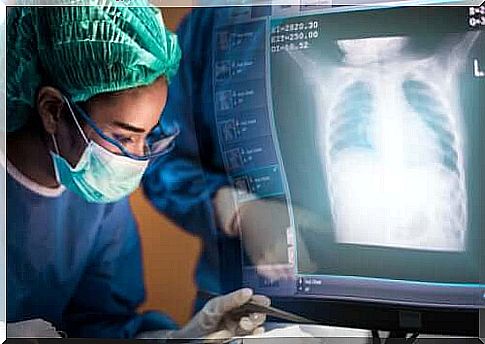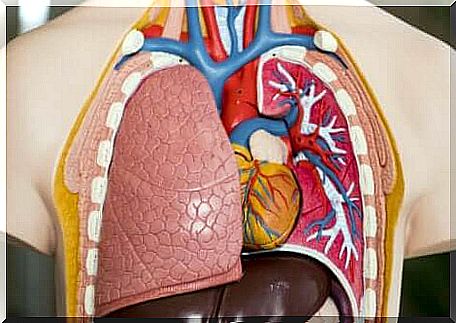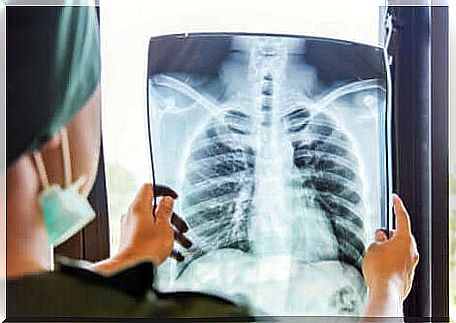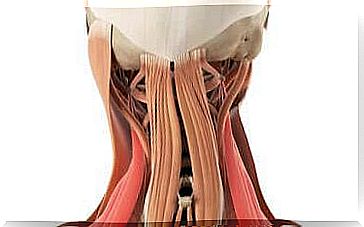Lung Transplantation: All You Need To Know
Lung transplantation is a procedure that has evolved over time and offers more and more hope. A person who has this type of surgery will need ongoing emotional support and a lot of discipline to change their lifestyle.

Lung transplantation is a surgical procedure in which one or both diseased lungs are replaced with healthy lungs provided by a deceased donor. It is a complex surgery that dramatically improves a person’s quality of life.
The first successful lung transplants were performed in the 1960s by Dr James Hardy, followed by professional Denton A. Cooley in 1968. The first patient was a two month old baby with congestive heart failure and pneumonia. recurring.
This type of procedure is done when a person has a terminal lung disease or a serious condition that has been shown to be resistant to conventional treatments. In all cases, the candidate for a lung transplant must meet a few conditions to be eligible.
Why is lung transplantation performed?
In general, lung transplantation is applied when all available treatments to correct the pulmonary insufficiency have been put in place and have failed. It is often indicated for people under the age of 75 who suffer from a serious pathology of the lungs.
Here are some of the diseases that can lead to a lung transplant:
- Chronic Obstructive Pulmonary Disease ( COPD )
- Cystic fibrosis
- Pulmonary hypertension
- Pulmonary fibrosis
- Bronchiectasis
- Sarcoidosis

Indications
Candidates for a lung transplant must meet certain requirements, as we have already outlined. Only then can they benefit from this intervention. Among the criteria to be taken into account, we can cite the following:
- Age: the maximum age is 75 years old. However, people over 55 are already considered to be at risk.
- Body mass index: it should not be greater than 35.
- Risk of mortality: it is recommended in patients who present a 50% risk of mortality in the following two years if the transplant is not performed.
- High chance of survival after transplantation: depending on general health.
- Commitments: the recipient must make a firm commitment not to smoke, not to consume psychoactive drugs and to participate in a pulmonary rehabilitation program.
People with an active infection are excluded. As well as those who have suffered from cancer in the past two years or who have a serious health problem in another organ. As well as patients who suffer from malnutrition or who do not have a support network guaranteeing adherence to post-transplant treatment.
Risks of lung transplantation
Lung transplantation is a complex surgery that presents considerable risks. The most important are rejection and infection. Rejection occurs when the patient’s immune system attacks the transplanted lung (s).
To prevent this phenomenon, anti-rejection drugs are used. But they can cause side effects such as weight gain, stomach upset, and facial hair growth. These drugs also make the person more likely to develop other diseases such as diabetes, osteoporosis, kidney failure, and high blood pressure.
Therefore, following a transplant of this type, the patient should follow strict hygiene measures and avoid contact with crowds or sick people. Finally, another possible risk is the formation of clots after the operation due to the increase in blood clotting.
What are the different stages?
The procedure for performing a lung transplant begins long before surgery. Once a patient has been assessed and found eligible for transplantation, the next step is to get on a waiting list until a donor has to be available.
While waiting for the donation, the patient must follow the medical indications about his lifestyle. When a lung is available for transplant, its compatibility with the patient is assessed. If suitable, the transplant is performed.
Preparation
A person on a waiting list for a lung transplant must be ready to come when doctors call. It is therefore advisable to have a suitcase ready with personal items and regular medications.
When the candidate arrives at the hospital, they undergo a set of tests to verify compatibility. It evaluates also his overall health. In case of doubt, the procedure can be canceled. If everything is in order, the intervention can be immediate.
Surgical intervention
In the context of a lung transplant, the operation takes place under general anesthesia. If only one lung is replaced, the procedure takes between four and eight hours. In the case of a transplant of both lungs, it lasts between six and twelve hours.
The steps to follow are as follows:
- We activate an extracorporeal circulation system.
- An incision on one side of the chest is made for a single lung transplant. For both, the incision is made under the breast and reaches both sides of the thorax.
- Next, one or both lungs are removed and the blood vessels and airways of the new organs are connected to the patient’s body.
- Probes are inserted to drain air, fluid, and blood out of the chest. They will stay in place for several days until the new lungs develop properly.
- Finally, once the lungs are functioning, the cardiopulmonary bypass system is removed.
Post-operative stage
The operated patient must remain in the hospital for a period ranging from 7 to 21 days. Usually, he spends several days in intensive care after the operation. However, each medical center has its own protocols.
The first 24/48 hours are crucial. During this time, careful observation is carried out to assess in particular the functioning of the lungs, heart, kidneys as well as the mental state. It is also checked that there is no bleeding or hemorrhage.

Recovery
Most often, the recovery phase lasts six months initially. During the first three months, the follow-up is intense and assesses the functioning of the lungs in order to prevent any complications.
During this first stage, visits to the hospital are frequent to perform tests. Including x-rays, biopsies, analyzes as well as electrocardiograms. The response to treatment is also closely monitored.
Then the patient must make adjustments in his life, taking immunosuppressants and following regular therapies and consultations. The first year after a lung transplant is the most critical. After that, all the risks start to decrease.
Usually there are weekly visits for the first three months. Then quarterly for a year. Finally, an annual visit during the following 5 to 10 years.
What is the survival rate after a lung transplant?
According to the available data , the average lifespan after a lung transplant is 5.8 years. This can vary depending on the person’s previous illness. Those with cystic fibrosis survive 8 years or more after the operation.
Patients with idiopathic interstitial pneumonia survive an average of 4.8 years. 32% of people who have had a lung transplant live 10 years or more. The greatest risk of death occurs during the first 12 months. This is why the controls are reinforced.









